Window graphics are powerful tools for branding, advertising, and aesthetics. These are commonly used by businesses to create a strong visual impact. However, these window graphics can fade over time. As a result, they reduce their effectiveness and make the advertising look unkempt.
But, with the right technique, you can restore your fading window graphics by:
- Cleaning the vinyl graphics
- Applying UV-blocking sprays
- Using protective laminate layers
- Installing sun control window films, and so on.
In this article, we will provide a detailed guide to troubleshoot fading window graphics and restore their vibrancy. We will also discuss how to prevent future damage to the window decals to ensure their longer lifespan.
Common Causes of Fading Window Graphics
To find the right restoration technique for your fading graphics, it is crucial to understand the reasons. The most common causes of fading graphics include the following.
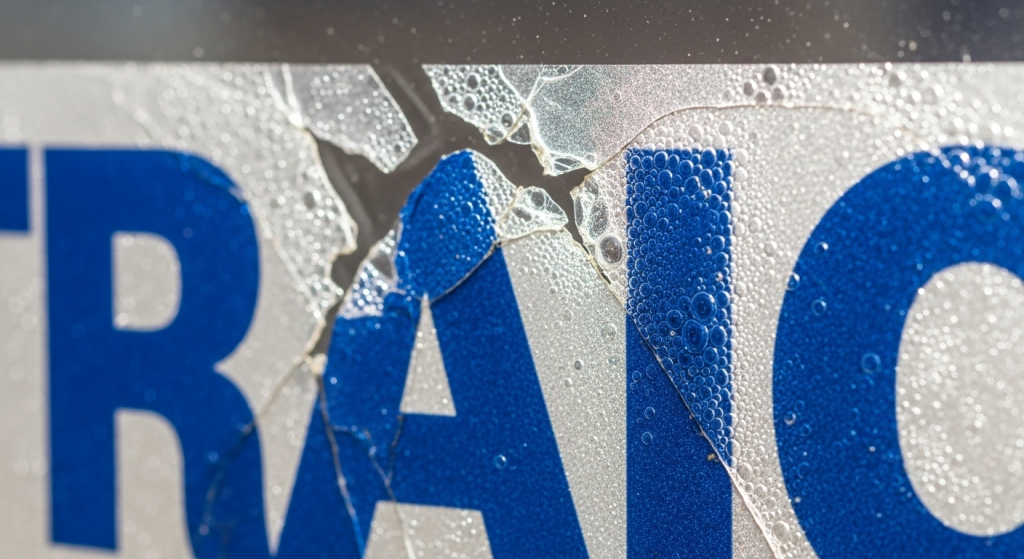
Sunlight Damage to Window Decals
The most stubborn thing that causes fading to outdoor window decals is sunlight damage to window decals. When decals are exposed prolonged to the sunlight, the UV rays break down the pigments in the decal’s ink.
And the thing is, Australia has some of the highest levels of Ultraviolet radiation in its climate.
This leads to a dull and washed-out appearance. Research shows that 40% of window films are faded due to ultraviolet light.
Heat Damage to Window Decals
Aside from UV radiation, excessive heat exposure of the decals can weaken the adhesive properties of decals and contribute to fading.
Though both heat and UV come from sunlight, they are different things. However, a study shows that about 25% of window decal fading is caused by the energy from sunlight.
Visible Light Exposure
Even without direct sunlight, visible light from any other source contributes to 25% of fading. It gradually degrades the pigments in the decal’s material.
Low-Quality Materials
If you use substandard vinyl films or cheap inks, they will fade quickly. High-quality window film selection ensures durability and colour retention for a longer period.
Environmental Factors
Pollution, rain, and humidity contribute to the gradual breakdown of window graphics. Moisture can seep into the edges, causing peeling. At the same time, pollutants settle on the surface, dulling the design.
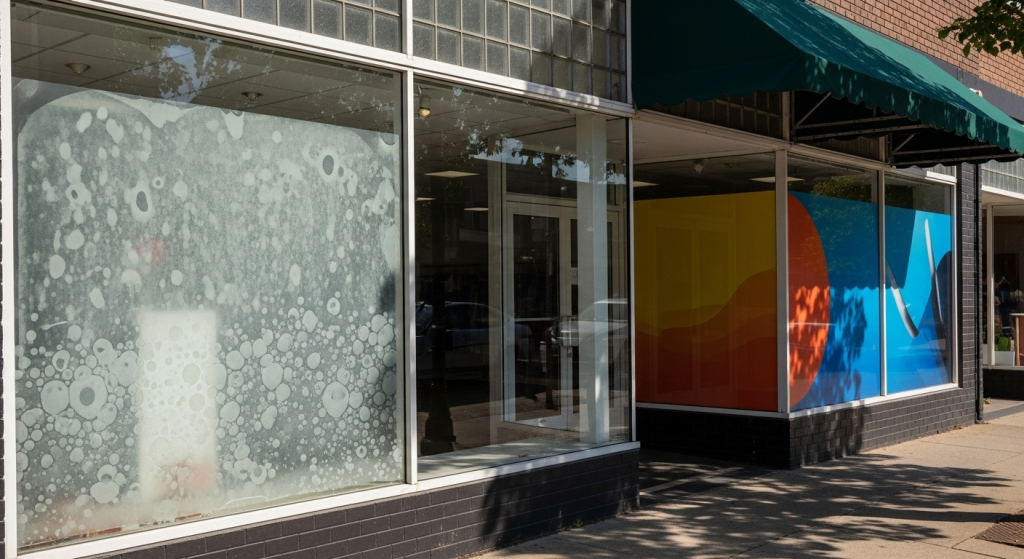
How to Restore Vibrancy of Fading Window Graphics
If your window decals already started to fade, this is the time to restore their vibrancy. The following techniques can help you to ensure the restoration of fading window graphics and UV protection for window graphics.
Clean Vinyl Graphics First
The first and foremost task is to clean your window graphics in preventing colour fading in signage. Because as long as dirt, dust, debris, and environmental elements stay on your window decal, they will continue to lose their vibrancy and appeal.
So, cleaning solutions for vinyl graphics help remove dirt, dust, and pollutants that contribute to dullness.
- Use non-abrasive cleaning solutions specifically designed for vinyl decal restoration.
- Avoid harsh chemicals such as ammonia-based cleaners that can degrade the adhesive and ink.
- Best practice:
- Step 1: Mix mild dish soap with cool water.
- Step 2: Dip a soft microfiber cloth into the mix.
- Step 3: Wring the cloth so that it becomes damp.
- Step 4: Wipe the vinyl decal surfaces gently.
- Step 5: Do it across all the window surfaces
- Step 5: After wiping with the mixed solution damp cloth, now take another soft microfibre cloth, dip it into clean water, and wring the cloth.
- Step 6: Now, wipe off soap residues across the surfaces so that there is no leftover soap, dirt, and debris. Make sure the surfaces are clean and dried thoroughly.
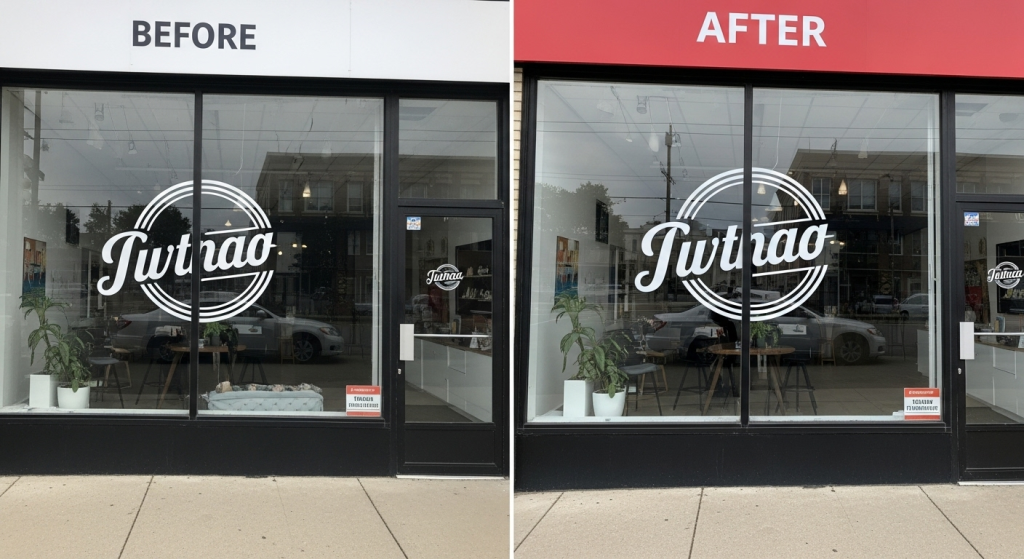
Apply Vinyl Restoration Solution to Restore the Vinyl Vibrancy
For restoring vibrancy to window graphics, you can use UV-blocking sprays. These chemicals help rejuvenate the surface by-
- replenishing lost oils,
- sealing porous areas and
- protecting against further UV damage.
UV-blocking sprays form an invisible protective layer that helps reduce sun damage. For UV-blocking sprays used in window vinyl decal protection, the active chemical components responsible for UV resistance typically include:
- Plasticisers – Restore flexibility and prevent cracking.
- Silicone-based protectants – Add shine and water resistance.
- Polymer-based conditioners – Deeply penetrate and revitalise faded surfaces.
- UV stabilisers – Protect against further sun damage.
- Acrylic sealants – Lock in colour and prevent oxidation.
- Benzophenones (e.g., Oxybenzone, Avobenzone) – Absorb UV radiation and prevent it from degrading vinyl pigments.
- Hindered Amine Light Stabilizers (HALS) – Protect against UV-induced oxidation and slow down material degradation.
- Acrylic Polymers – Form a durable, transparent layer that enhances UV resistance and protects against physical wear.
- Silicone-Based Compounds – Improve water repellency and add a glossy finish to the decal surface.
However, avoid harsh solvents like acetone or products with petroleum distillates. These will degrade your vinyl decals and adhesive. This will cause them to further damage by fading and peeling off from the window surfaces.
Now, follow the following steps to apply the restoration products.
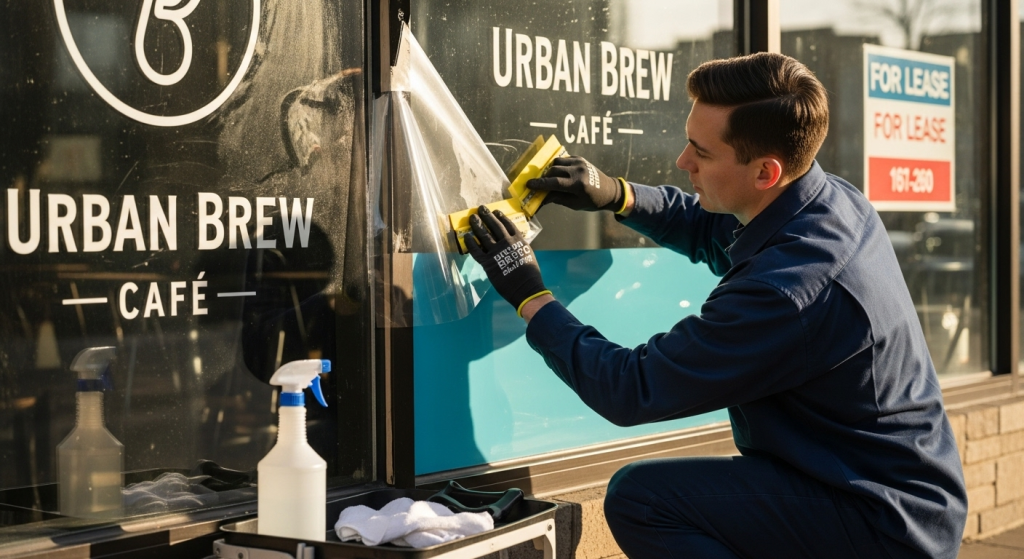
Step 1: Apply the Restoration Solution
- Clean and dry the window vinyl decal surfaces completely.
- Use a small amount of the chosen product (e.g., a plasticizer-based conditioner or silicone protectant).
- Shake the spray can/bottle well to mix the chemicals evenly.
- Hold the can 6–8 inches away from the decal and apply a light, even coat.
- Apply on a small area first with a soft microfiber applicator pad or sponge to understand if the product causes any damage to the vinyl.
- If it is okay, then apply the product across the surface to bring back the vibrancy of your window vinyl decal.
- Work in small circular motions to ensure even absorption into the vinyl.
- Avoid spraying too much in one area to prevent streaks.
- Ensure the decal is kept in a dust-free environment while drying.
For long-term protection, reapply the spray every 3–6 months, depending on sun exposure.
Step 2: Allow Penetration
- Let the product sit for 10–15 minutes to allow deep penetration.
- For heavily faded decals, apply a second thin coat after 30 minutes.
Step 3: Buff the Surface
- Use a clean, dry microfiber cloth to gently buff the surface, removing excess product.
- This improves the shine and prevents residue buildup.
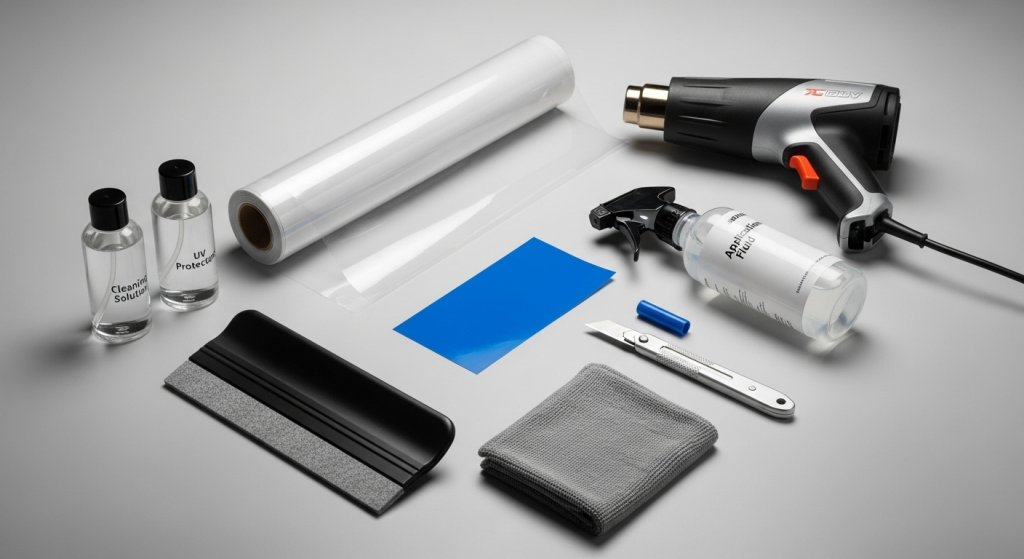
Seal Your Window Decals With Other UV-Resistant Coatings
Opt for UV-resistant coatings for signage to block harmful sun rays. Protective coatings for decals act as a barrier against UV radiation and physical wear. So, you can seal your fading window graphics with different UV-protective coatings to retain their vibrancy.
Use Protective Laminates for Decals
Lamination is an extra protective layer installed on the top surface of the window decals. Laminates reduce the impact of environmental factors, helping extend the lifespan of window decals.
Laminate can increase the durability and UV protection of vinyl decals by many times. So, choose high-quality laminate films with anti-scratch properties for outdoor window graphics.
Install Sun Control Window Films
Sun control window film is a thin, multi-layered film applied to glass surfaces to reduce heat, UV radiation, and glare while maintaining visibility.
However, you have to apply sun control window films directly on the glass surface of your window. So, if your window decals are on the inside portion of the window, then you can apply them to the outside portion of the window.
Sun control films are designed with metallic, ceramic, or nano-carbon coating. They selectively block infrared (IR) and ultraviolet (UV) rays while allowing visible light to pass through.
The benefits of sun control films include:
- They block up to 99.9% of UV rays, preventing fading of decals and interiors.
- These films extend the lifespan of window decals and graphics by reducing exposure to UV radiation.

Window Film Maintenance Tips
Maintaining outdoor window graphics requires some precise maintenance steps. To prevent fading window graphics, you can follow the following tips.
Apply Edge Sealing Techniques for Window Graphics
One of the most common problems with outdoor window decals is peeling. Edge sealing techniques for window graphics help in preventing moisture and debris from creeping into the edges. This helps in preventing peeling in window graphics, which could ultimately cause fading.
- Use edge sealants designed for vinyl decals to reinforce adhesion.
- Apply clear acrylic sealant around the edges for extra protection.
Ensure Maintaining Outdoor Window Graphics
- Clean decals every 2–4 weeks using proper cleaning solutions.
- Regularly inspect for signs of peeling or fading, and apply sealants as needed.
- Avoid using rough sponges or pressure washers, which can damage the ink and adhesive.
Assure Proper Installation Techniques
- Ensure a smooth, bubble-free application by using a squeegee during installation.
- Apply decals in moderate weather conditions to prevent adhesion issues.
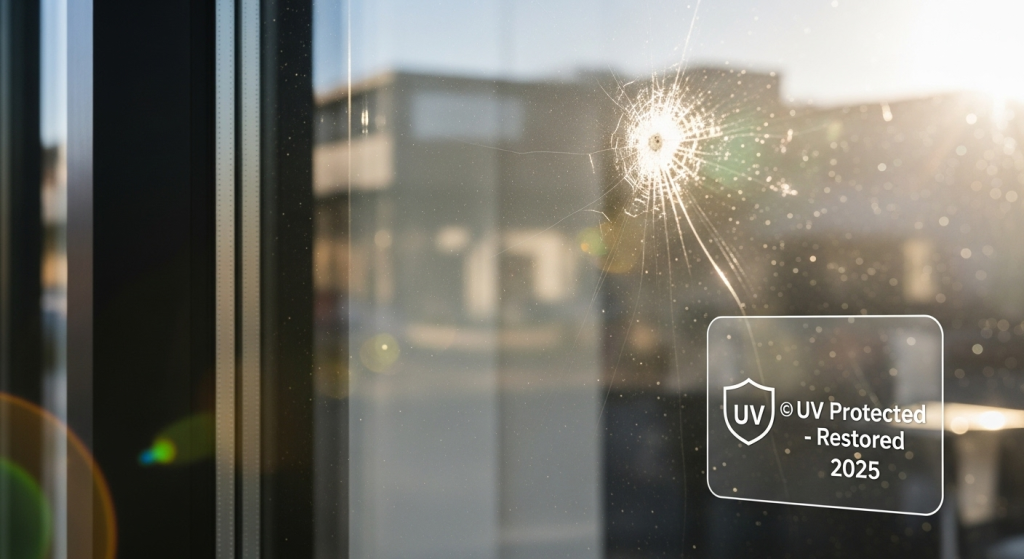
Final Thoughts
Fading window graphics can make signage look outdated and ineffective. Understanding the causes of fading and using proper maintenance techniques can help restore and extend their vibrancy. While DIY solutions help, professional restoration ensures long-term durability and cost efficiency.
For expert window graphic restoration, trust Signage 4Business Group. We use advanced techniques and tools to revive faded graphics. With over 20 years of experience, we also provide custom signage design and installation across Brisbane, the Gold Coast, and the Sunshine Coast. Contact us today to restore your window graphics and create signage customised to your business needs.